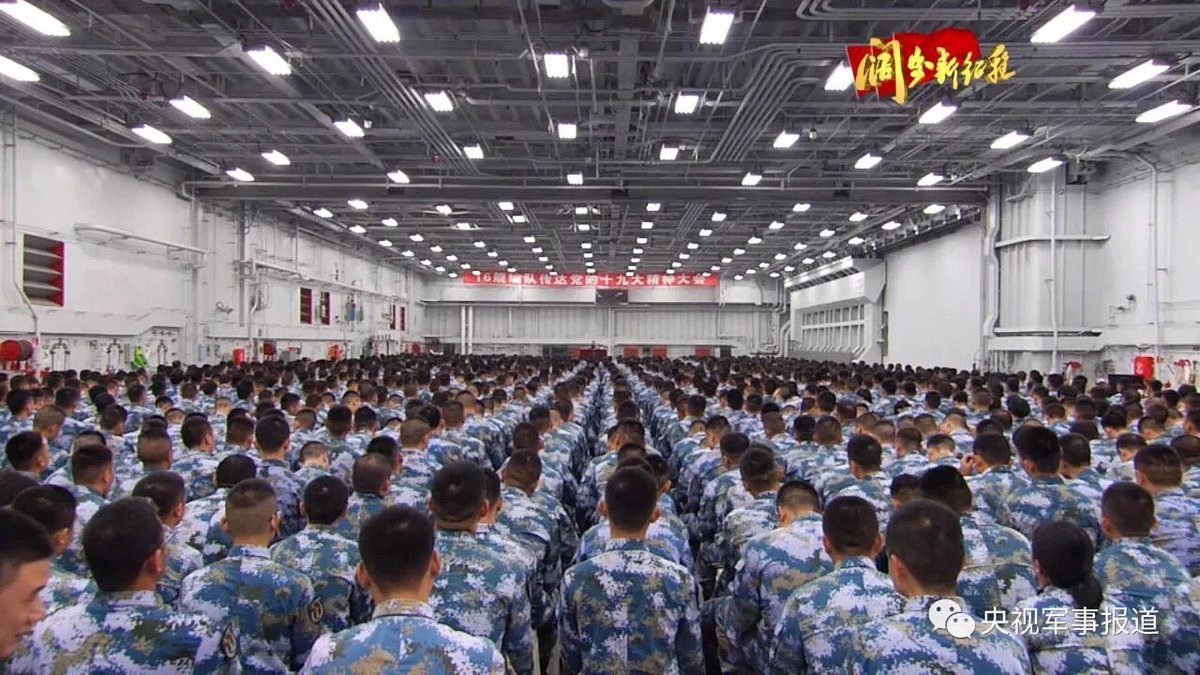Ever heard of wet steam Most nuclear power plant are operated with saturated steam They can do that by making the steam turbine large Most nuclear power plant steam turbine are very large
Nuclear plants uses lower pressure
And temperature to reduce the
Ever heard of wet steam Most nuclear power plant are operated with saturated steam They can do that by making the steam turbine large Most nuclear power plant steam turbine are very large
Nuclear plants need to avoid excessive pressure and temperature to reduce the chance of radioactive steam leak in the hot loop. This puts limits on attainable steam condition in the turbine loop. It pays for this with reduced thermal efficiency and by needing larger and heavier turbines than usual for the same power output. However in a nuclear powered vessel this is justified because savings in fuel weight.
Conventional marine steam turbine had striven for smaller size, lower weight, and higher thermal efficiency for the past century. Hence steam conditions have steadily risen from 1905 onwards. In return steam power plants, both boilers and turbines have become steadily smaller and lighter for the same power output, and thermal efficiency have also increased, resulting in higher fuel efficiency.
To reduce steam pressure would be a retrograde step, and would mean either Cv-16 had to accept lower power output and lower fuel efficiency than Kuznetsov, or must adopt supplemental boilers to increase mass flow at lower pressure, larger and heavier turbine to accommodate higher mass flow at lower pressure, which would result in a heavier and bulkier Power plant with lower thermal efficiency but same power output.



